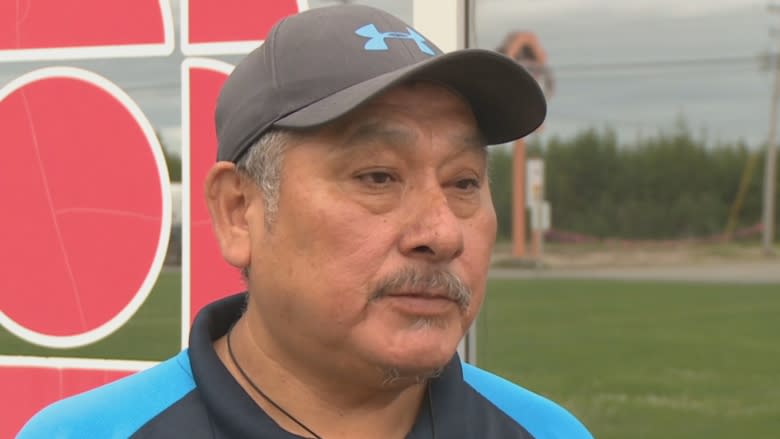'There was hurt inside': Matthew Rich's grandfather left with questions, urges government to act on report
For two nights last week, Sebastian Benuen couldn't sleep — kept awake by the anticipation of a report he hoped would answer questions about his grandson's case.
It was a bitter disappointment.
"There was hurt inside of us. Very devastating news. Frustrated," Benuen told CBC News Monday.
"It's a very sad report."
Sad, Benuen said, but not surprising — leaving an unanswered question about how key evidence in an infant's murder case was lost.
"I think that's probably the most important issue — what was going on during the autopsy?" Benuen said.
"Was the person who was investigating the case present during the autopsy?"
On Friday, the Department of Justice and Public Safety released a report into Newfoundland and Labrador's Office of the Chief Medical Examiner (OCME).
Dr. Matthew Bowes, Nova Scotia's chief medical examiner, was hired in 2016 to look into the practices at the coroner's office.
Four-and-a-half-month-old Matthew Rich, of Sheshatshiu, died of a blunt force head injury injury on Oct. 15, 2013. It was determined to be homicide.
Officials discovered the next summer that Rich's brain and the dura — the membrane surrounding it — had gone missing after the autopsy.
Without the evidence to support the cause of death, a charge of second-degree murder against the infant's father, Thomas Michel, was withdrawn in December 2015.
"The only thing we got from the [justice department] is an apology ... there's a puzzle we missed in this case," Benuen said.
Missing brain still mystery
Benuen wants to know exactly how the evidence disappeared.
While there is a section in the report on the loss of evidence in the Rich case, it is speculative.
Bowes's report says the OCME had outdated recorded keeping, a lack of formal policies and procedures, and was understaffed.
"These weaknesses made OCME vulnerable to a unique set of circumstances, and left so little objective evidence that was meaningful, objectively verifiable confirmation of the fate of the brain and dura was not possible," the report said.
As CBC previously reported, the examination of Rich's brain could not be completed in the forensic pathology autopsy room due to occupational health and safety restrictions — it was instead done in the hospital's autopsy room, which had a fume hood.
A review found that Eastern Health had been using the hospital autopsy room to store "wet tissue from both autopsies and surgical specimens that are for disposal."
At the time, the anatomic pathology residency program was under "heavy criticism for the potentially toxic environment created by storage and dumping in the hospital autopsy room," Chief Medical Examiner Simon Avis wrote in a letter in 2014.
In an attempt to rectify the issue, Avis wrote, "an attempt was made to correct the storage buildup and it is likely that the brain was discarded in error, mistaken for tissue for disposal."
Security issues
While there is some speculation on what likely happened, Benuen points to security failures within the office, as was noted out in the external report.
Bowes said that the coroner's office, which is located in the basement of the Health Sciences Centre, lacked a security system and cameras.
Visitors of the office had "unfettered access" to the space, which raised red flags for Bowes.
"There was no camera in the room and nobody knows what's going on what that piece of evidence," Benuen said.
"These people are well-trained people and they're professionals and a big mistake like this, is not acceptable for us."
Without the answers he wants, Benuen is asking for one thing — he wants the province to listen to what's in Bowes report and act on it.
"There isn't going to be much healing ... it will be with us for the rest of our lives because the baby is gone."



